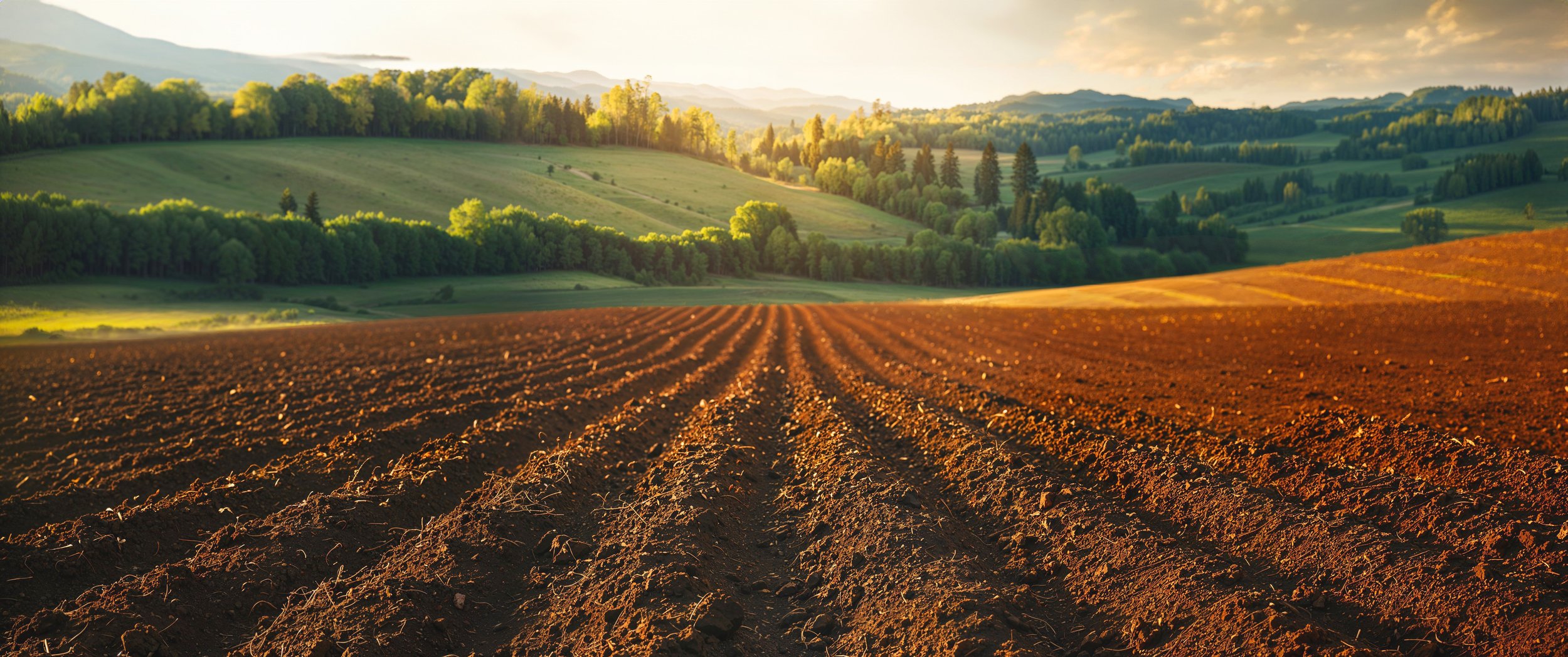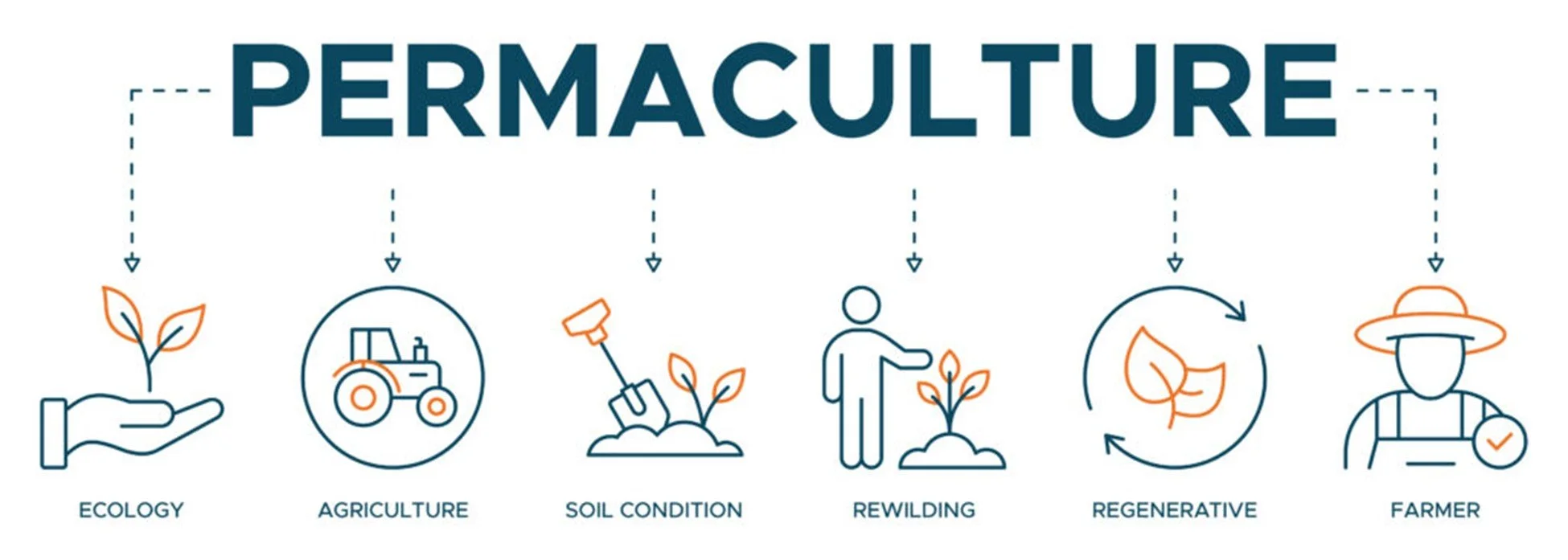It’s Time for an Agricultural Overhaul
Barren, fallow fields defy rainfall—the very thing they need.
Can We Learn from Our Mistakes?
While climate change presents a significant challenge, there are strategies for mitigating its effects on agriculture.
A series of unfortunate events from the 1920s through the 1940s led to the infamous Dust Bowl. At the root of the problem was a struggling economy kicked off by the stock market crash heralding the beginning of The Great Depression. Even though 21% of all rural families received federal emergency relief during a portion of the depression; it wasn’t enough to buy expensive farm equipment, obtain seed for the next crop, and, after multiple failed-crop years, pay mortgages. Nearly 750,000 families lost their farms through foreclosure or bankruptcy. It didn’t help that a full-blown drought reigned over the land.
Fields lay fallow. Exposed soil and drought combined to create the lethal state for which Robert Geiger, an AP reporter, coined the term the Dust Bowl.
“The voices of science must be heard over the wallets of industry.”
Today’s Farming Practices Pave the Way for A Second Dust Bowl.
Areas for Immediate Action: Regenerative farming techniques could provide soil a much-needed reprieve. One of the most promising solutions, no-till farming, is surprisingly also one of the easiest to implement and yet there is significant resistance. Regenerative farming techniques address several key issues, including the conversion of grasslands to cropland for intensive agriculture, overgrazing, and the continued plowing and tilling of soil. The 2014 Farm Bill encourages planting on already compromised land, unfortunately exacerbating the problem. All these practices deplete the soil’s nutrients and leave it vulnerable to wind and water erosion.
It’s important to remember that these factors are interconnected, and a multi-faceted approach is crucial.
Climate Change Requires Long-Term Solutions
While climate change presents a significant challenge, there are strategies for mitigating its effects on agriculture. These include:
1. Sustainable Farming Practices
No-till farming reduces soil disturbance, improves water retention, and increases carbon sequestration in the soil.
Plant crops like clover or rye in between cash crops to protect and improve soil health.
Diversify and rotate crops to enhance soil fertility and break pest cycles.
Integrate trees into farming systems (agroforestry) to provide shade and windbreaks, and improve soil health.
Minimize pesticide use through natural pest control methods.
2. Technological Advancements:
Develop and utilize crop varieties that can withstand water shortages.
Use technology like sensors and GPS to optimize resource use (water, fertilizer) and reduce waste.
Implement efficient irrigation methods like drip irrigation to conserve water. (“How To Start Organic Farming in India - MySBA”)
Utilize weather forecasting and early warning systems to adapt to changing conditions.
3. Policy and Infrastructure:
Support climate-resilient research and farming practices.
Provide financial support and incentives for farmers who adopt climate-smart agriculture.
Invest in rural infrastructure to support water management, transportation, and storage of agricultural products.
Provide farmers with climate change adaptation and mitigation training and resources.
4. Addressing Climate Change:
Transition to renewable energy sources and reduce reliance on fossil fuels.
Promote practices that capture and store carbon in soil and biomass (carbon sequestration).
Work collaboratively on a global scale to address climate change.
Cause For Hope
In the face of so many challenges, it’s tempting to toss up our hands and say, “It’s just too much!” Those who write, write more. Those who lobby, lobby intensely. Those who teach; tell our youth the truth.
The task is difficult but critical. The voices of science must be heard over the wallets of industry.

